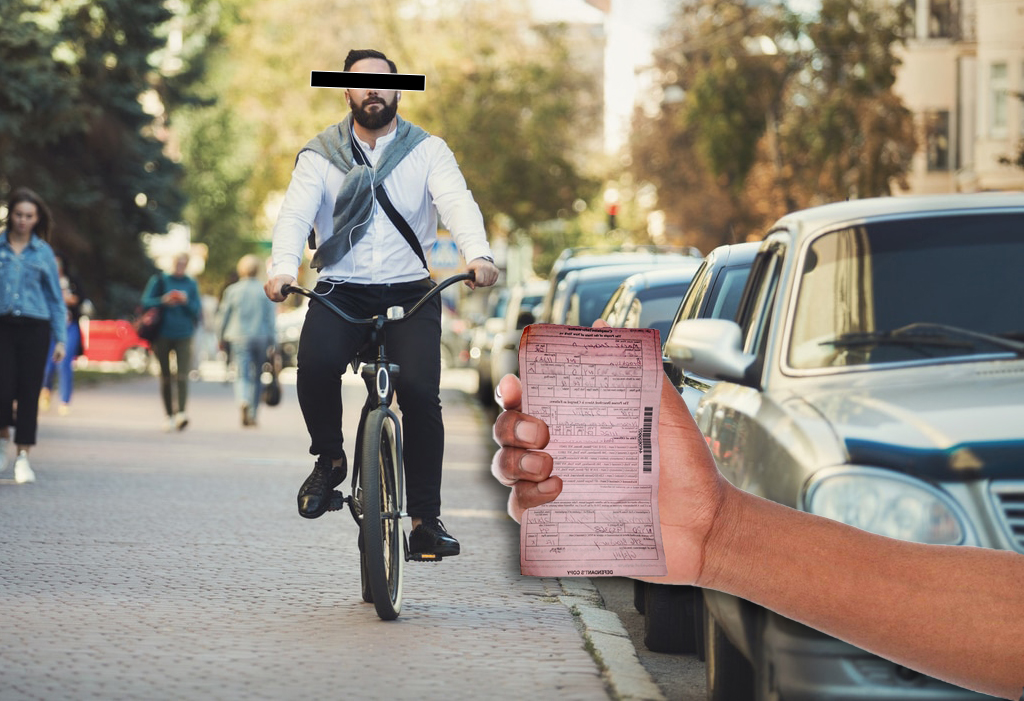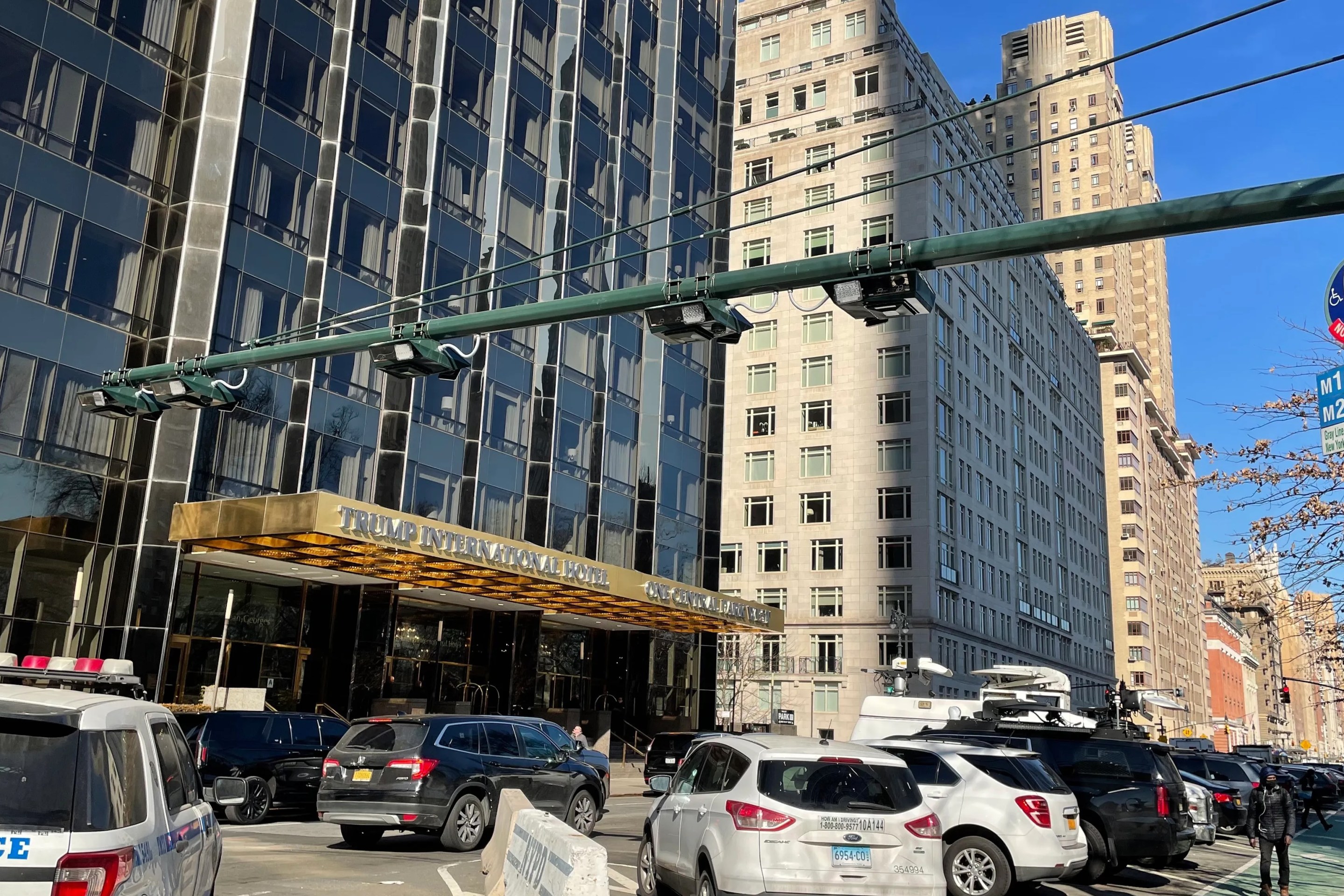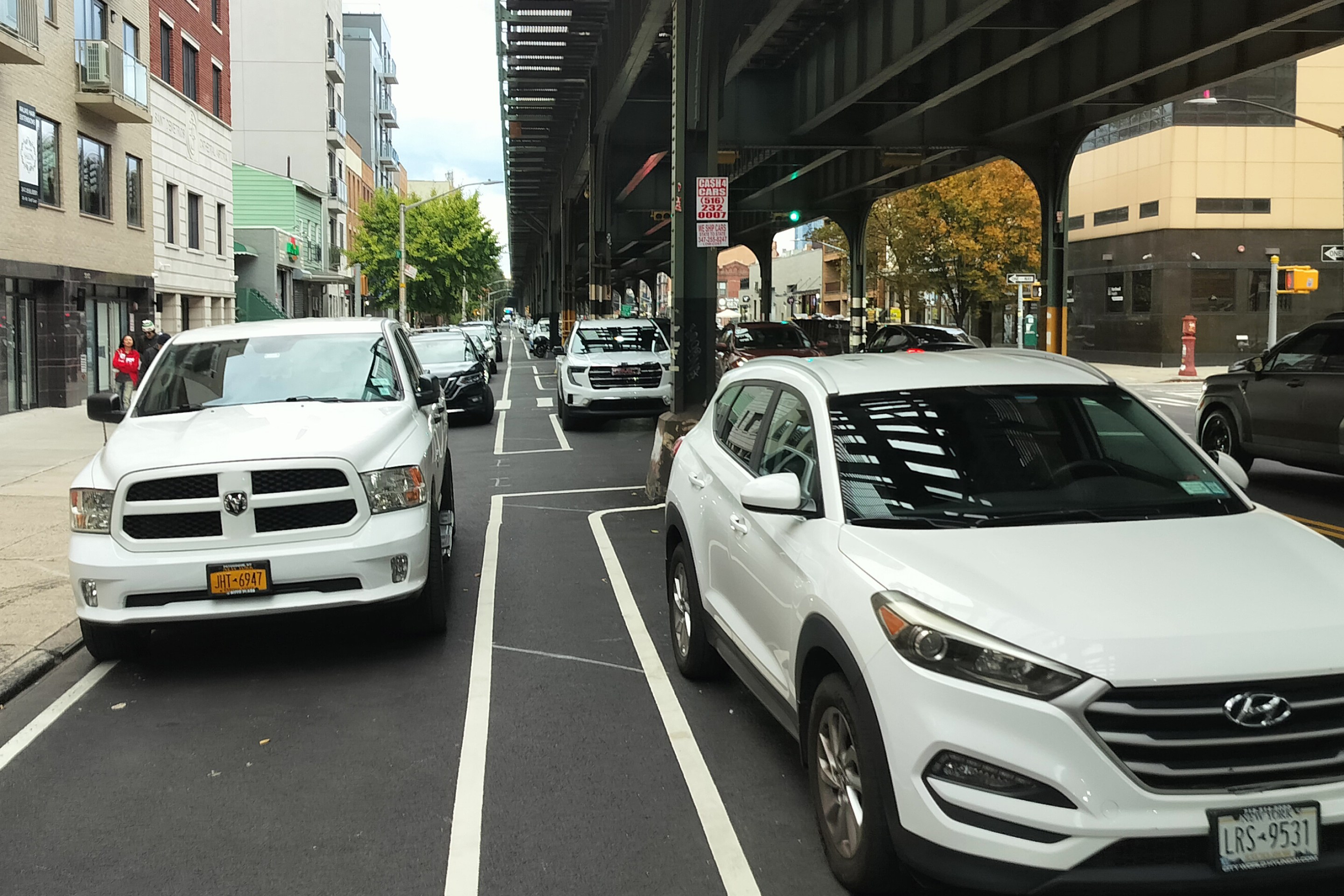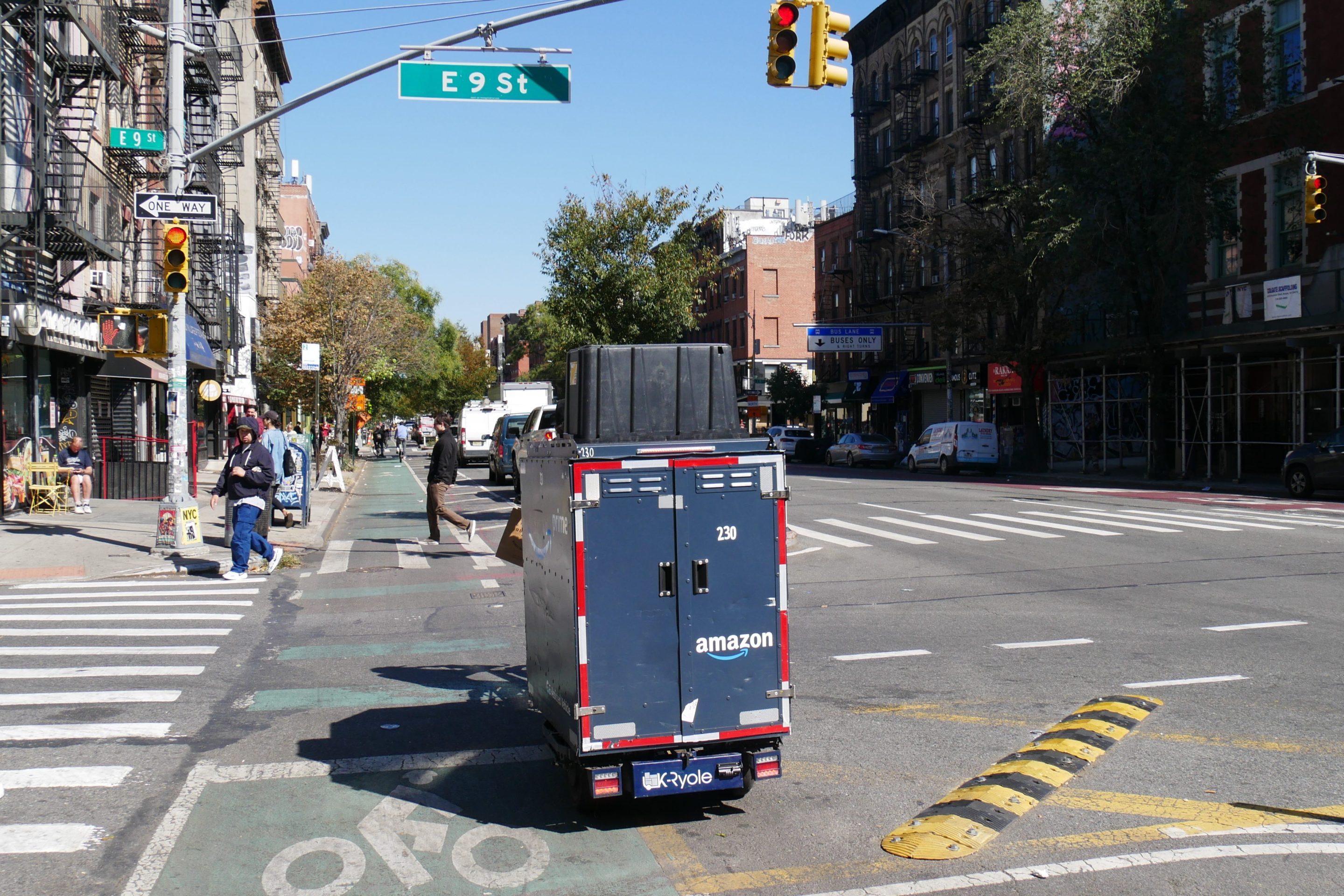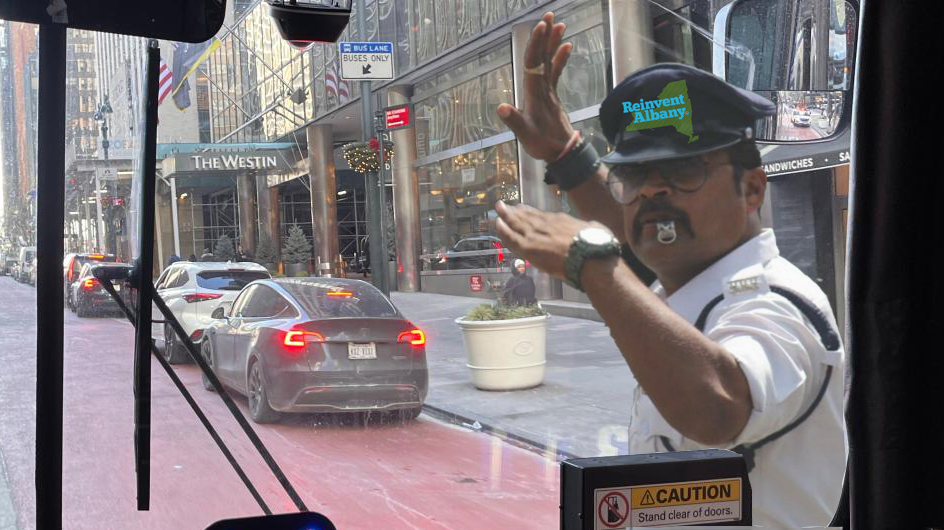Slow your rolls.
The city Department of Transportation will lower the speed limit to 20 miles per hour in four more neighborhoods this spring, taking advantage of new powers granted by the state last year, the Department of Transportation announced on Wednesday.
Joining Lower Manhattan below Canal Street, the new slow zones are:
- DUMBO in Brooklyn
- City Island in the Bronx
- Broad Channel in Queens
- New Brighton in Staten Island.
The slow zones range in size from almost half a mile (the entirety of City Island is 0.42 square miles long) to 0.18 square miles in DUMBO. DOT chose the zones based on "well-defined geographic boundaries" and the areas having more pedestrian activity than nearby areas, the agency said.
In DUMBO, a piece of the BQE is carved out of the slow zone, while in Staten Island, the speed limit will remain 30 mph on Richmond Terrace, the northern border of the slow zone.
DOT plans to lower the speed limit in 250 street segments citywide by the end of this year, with a special emphasis on streets in front of schools, open streets and shared streets.
Since the end of 2024, the agency has used its powers under the so-called Sammy's Law to reduce the speed limit on street segments in 70 locations citywide, officials said. In September, the agency announced a 20 mph speed limit zone for every local street in Manhattan south of Canal Street. The speed limit on West Street, which feeds into the West Side Highway and the Brooklyn Battery Tunnel went from 30 to 25 mph as part of that rollout.
Earlier this month, Brooklyn Community Board 1, nearly four dozen community groups plus area electeds asked DOT to consider a Greenpoint and Williamsburg as the first non-Manhattan slow zone, but that slice of Brooklyn wasn't including in Wednesday's announcement. But Council Member Lincoln Restler, who also represents DUMBO, had hosannas for DOT nonetheless.
"I'm pleased that DOT will be implementing Brooklyn's first Regional Slow Zone in DUMBO — a neighborhood densely crowded with pedestrian foot traffic," Restler said in a quote accompanying DOT's announcement. "I hope this step advances realization of Sammy's Law and a citywide 20 mph speed limit."
Street safety advocates praised the expansion of the slow zones to boroughs other than Manhattan, and urged DOT keep its foot on the gas when it comes to picking places to slow down drivers.
"The regional slow zones are a good first step, but that there are additional community boards that have asked for this and they should be a focal point of Round 2, especially in areas with a good alchemy of elected official, community board and grassroots support," said Jackson Chabot, the director of advocacy and organizing at Open Plans, which shares a parent organization with Streetsblog.
The exact boundaries of the new slow zones can be seen in these pictures:
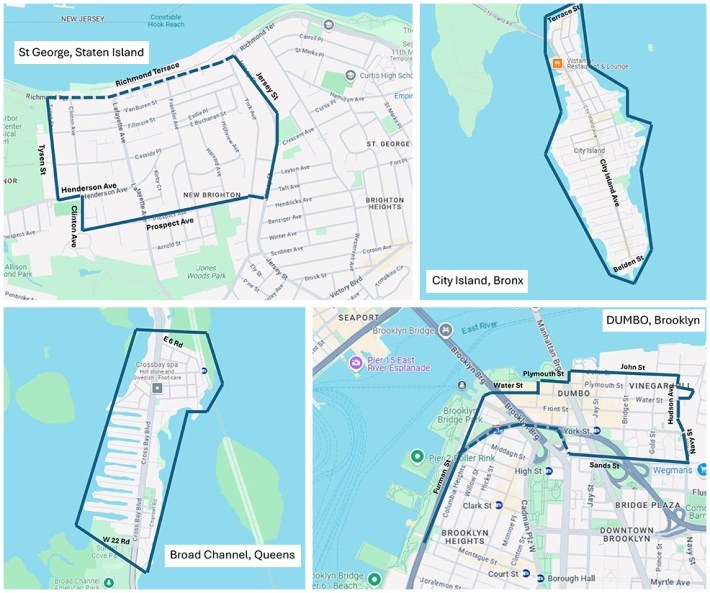
DOT isn't lowering speed limits just for fun. Reams of research has shown that slowing cars down has a major impact on whether a crash victim will be terribly maimed after being hit by a driver.
For instance, when a driver traveling at 30 mph hits a pedestrians, there's a 45-percent chance they suffer a serious injury — but that drops to just 5 percent when the car is traveling at 20 mph.
The state legislature gave the city the right to lower its speed limits last year after a years-long fight in Albany. The law was championed by supporters under the name "Sammy's Law" for Sammy Cohen Eckstein, a 12-year-old killed by a speeding driver on Prospect Park West in 2013.
The legislation authorized New York City to lower speed limits on individual streets and zones across the city. However, DOT can't unilaterally lower the citywide speed limit to 20 miles per hour without the approval of the City Council.
Council Speaker Adrienne Adams, who is running for mayor, has so far declined to bring a citywide 20 mph speed limit to a vote.

